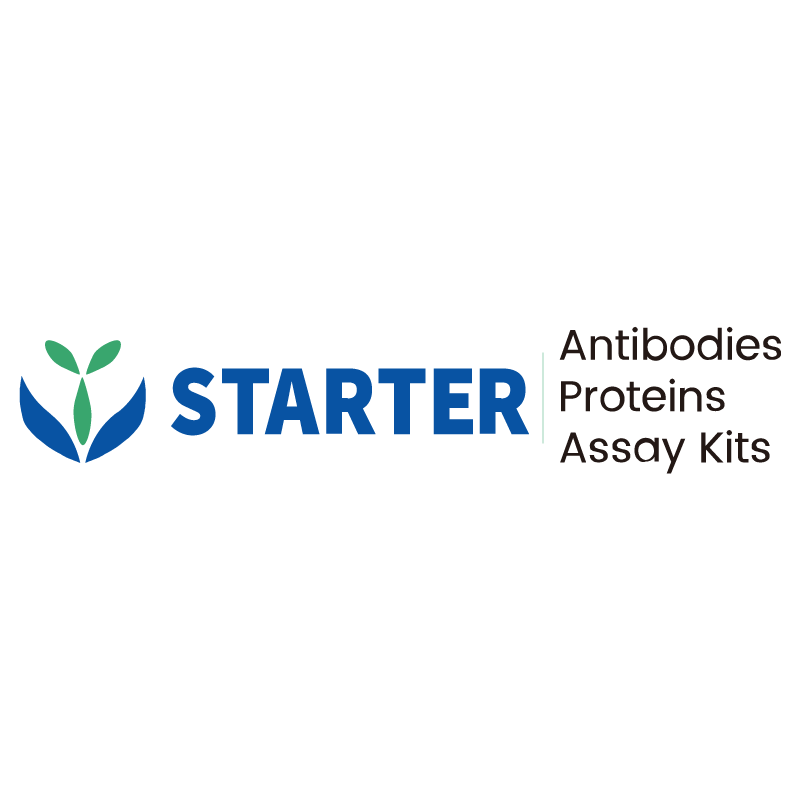Product Details
Product Details
Product Specification
| Host | Rat |
| Antigen | CD43 |
| Synonyms | Leukosialin; B-cell differentiation antigen LP-3; Leukocyte sialoglycoprotein; Lymphocyte antigen 48 (Ly-48); Sialophorin; Spn |
| Location | Membrane, Cell projection |
| Accession | P15702 |
| Clone Number | S-R588 |
| Antibody Type | Rat mAb |
| Isotype | IgG2a,k |
| Application | FCM |
| Reactivity | Ms |
| Purification | Protein G |
| Conjugation | Alexa Fluor® 488 |
| Physical Appearance | Liquid |
| Storage Buffer | PBS, 25% Glycerol, 1% BSA, 0.3% Proclin 300 |
| Stability & Storage | 12 months from date of receipt / reconstitution, 2 to 8 °C as supplied |
Dilution
| application | dilution | species |
| FCM | 5 μl per million cells in 100μl volume |
Background
CD43, also known as leukosialin or sialophorin, is a highly glycosylated type I transmembrane protein predominantly expressed on most hematopoietic cells, with the exception of resting B cells and erythrocytes. It belongs to the sialomucin superfamily and is one of the largest cell-surface molecules, extending approximately 45 nm from the cell surface. The protein consists of a heavily glycosylated extracellular region, a transmembrane helix, and a small cytoplasmic region. CD43 plays a significant role in immune function, particularly in T-cell activation and proliferation, and is involved in both cell adhesion and cell activation processes. It is actively excluded from the immunological synapse during T-cell activation, a process that requires interactions with ezrin-radixin-moesin (ERM) proteins. Additionally, CD43 has been shown to regulate T helper type 2 differentiation and can act as a co-stimulatory molecule for T-cell activation.


